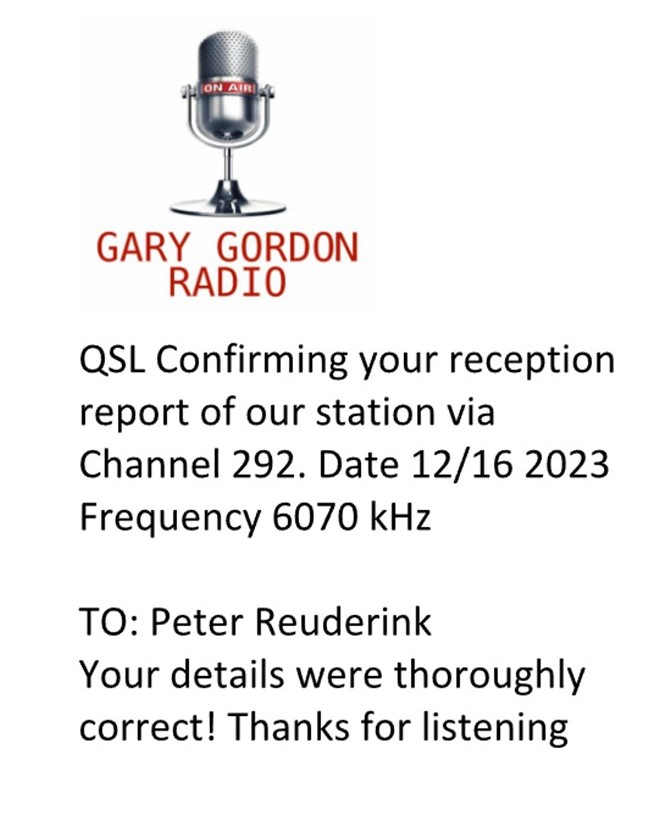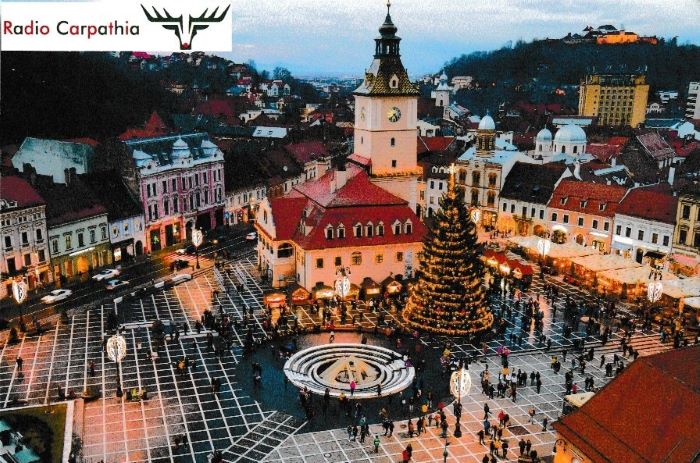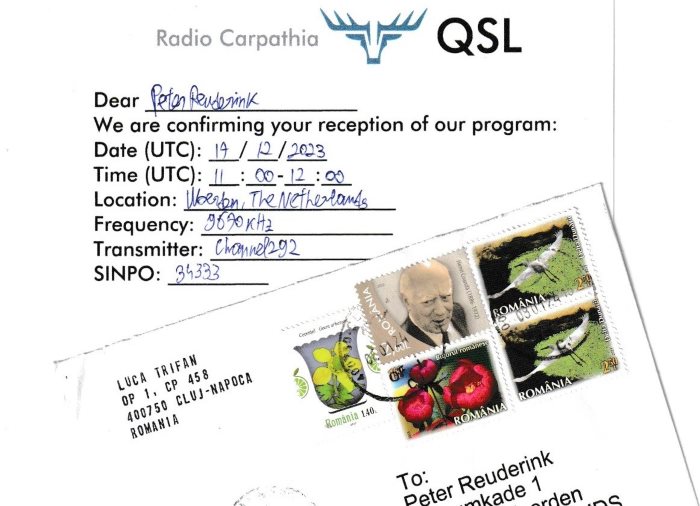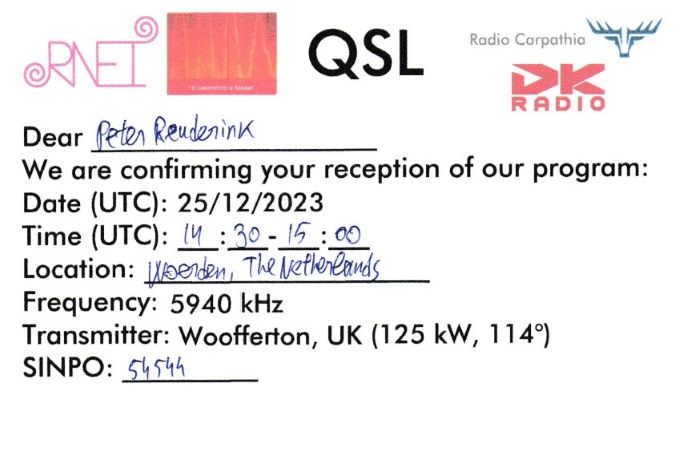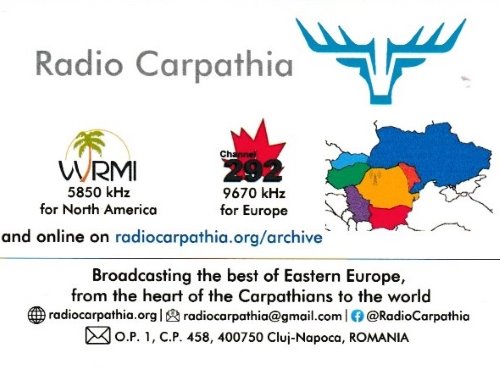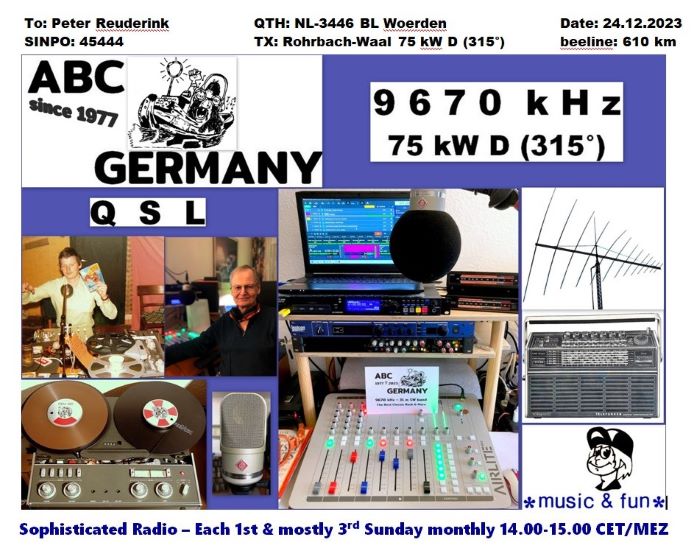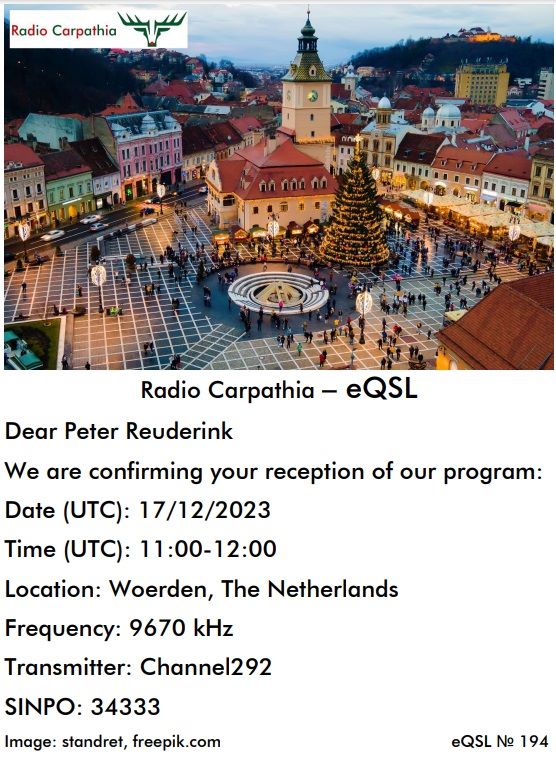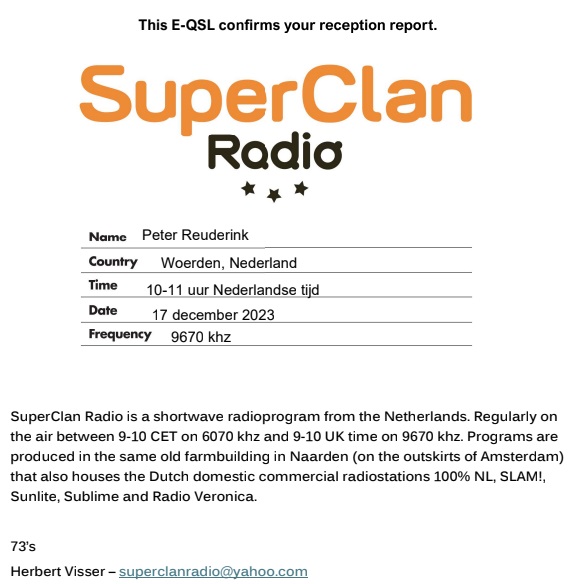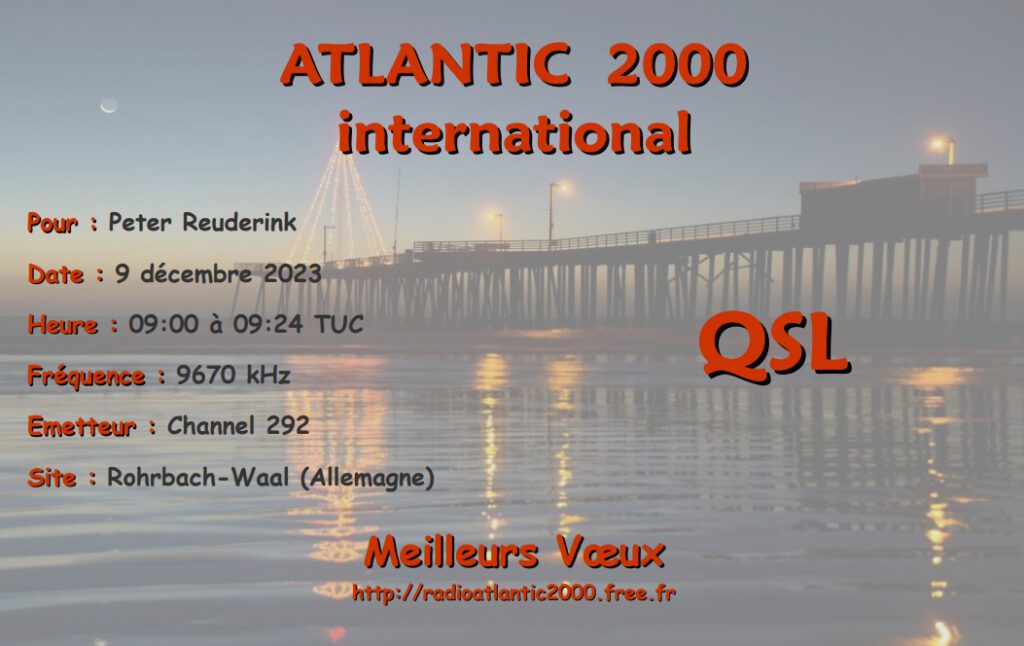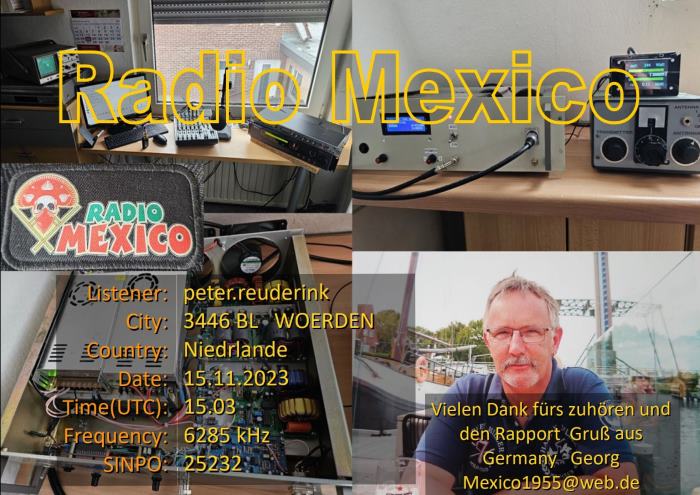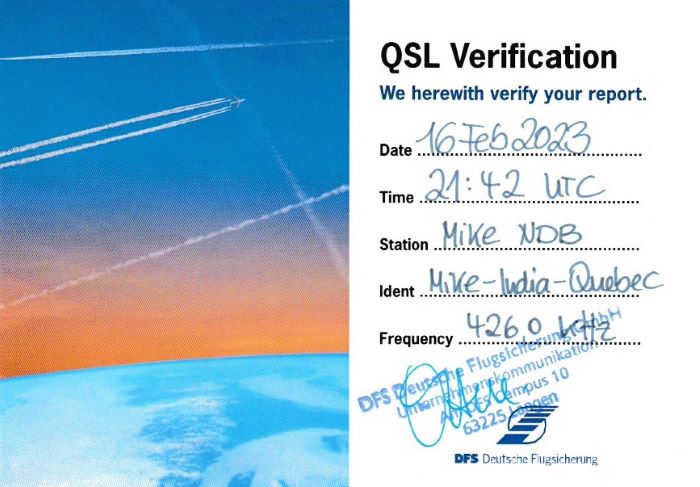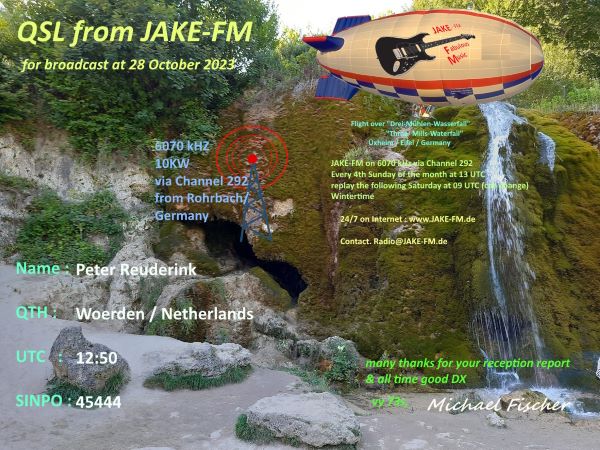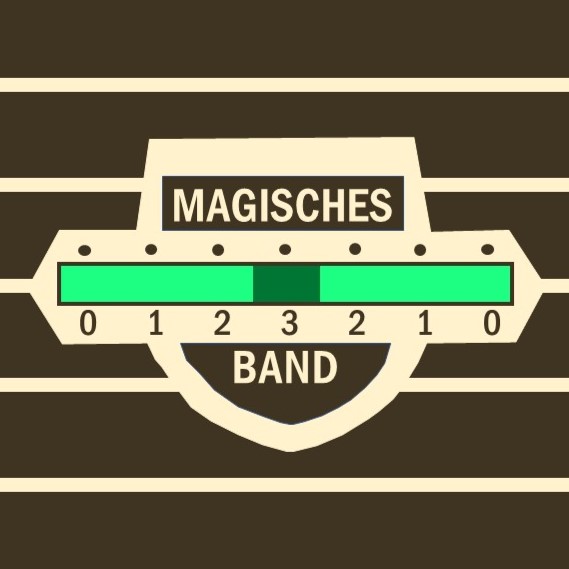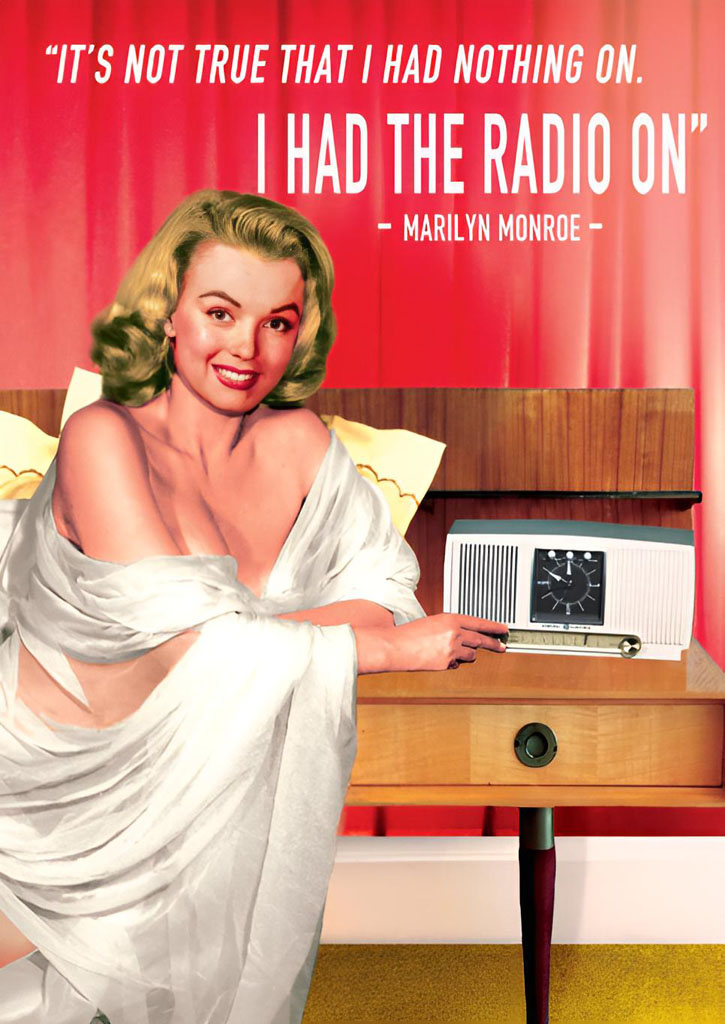A rare opportunity to get a paper QSL from a main European broadcaster on shortwave: the NDR “Gruß an Bord” program. It is a special program that is being broadcast by the Norddeutsche Rundfunk (NDR) on Christmas Eve.
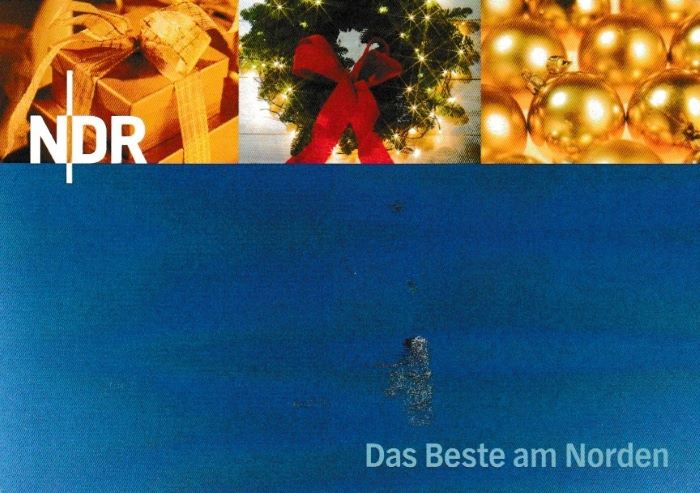
As they write on their website (where you can also listen back to the 2023 program):
This year “Greetings on Board” celebrates its 70th anniversary. The traditional NDR program was broadcast for the first time on Christmas Eve 1953. So that ships on the world’s oceans can receive the broadcast, NDR rents additional shortwave frequencies.
The series is a bridge between seafarers who travel the world’s oceans and their relatives in Germany. The sailors send greetings home. Families and friends wish them a happy holiday at sea or in distant ports.
Apart from the paper QSL I really enjoyed this program for a number of reasons.
First of all this program was brought from the “Hamburger Duckdalben“. The Duckdalben is the International Seaman’s Mission in Hamburg. There is a lot to be told about the good work they do, please visit their site to learn more. They had a significant role during the Covid-19 episode. This had a huge impact on sailors as they couldn’t travel back home to their families for months, as was discussed in the program.
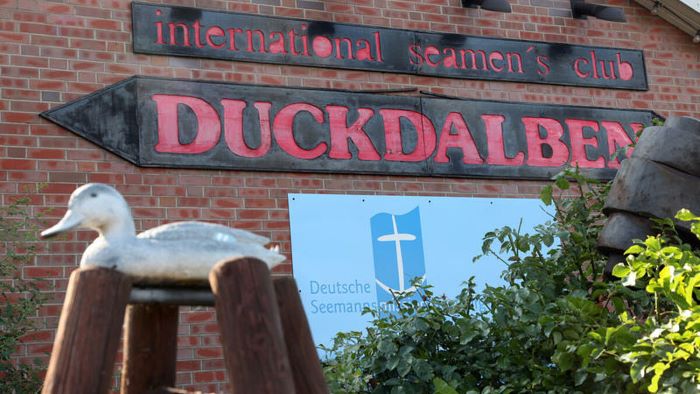
Celebrating it’s 70th anniversary, the design of the program takes you back to the old days. There was no satellite. Shortwave radio was the only way to connect sailors and their beloved ones at home. And I can’t say it better than the “Gruß an Bord” team does:
The emotional, melancholic but also happy messages from the mothers, fathers, sisters, brothers and children of our sailors reflect the life that continues, at home and on board. And this connection between the two, this bridge between land and sea is needed – today just as much as it was 70 years ago!
I vividly remember how Radio Nederland had similar programs for Dutch people abroad when they were still active on shortwave!
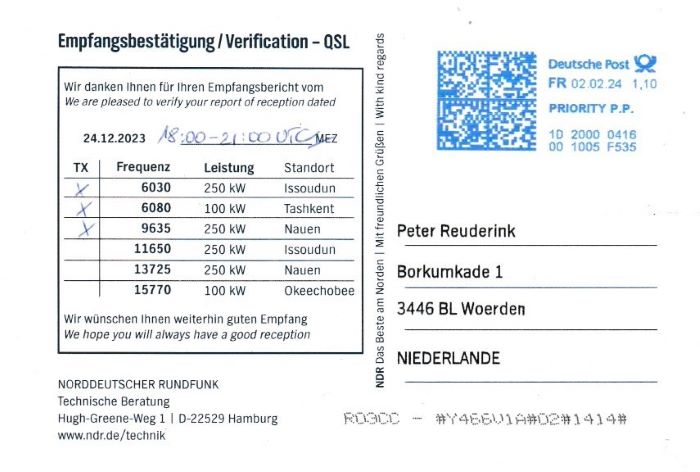
Another reason why I enjoyed this program is because my dad (who passed away two years ago) was an engineer – “machinist” – on merchant ships of the KNSM, The “Royal Dutch Shipping Company”. For my Dutch readers: it was also referred to as “Kleine Nietige Scheepjes Maatschappij” according to my dad. In the 50’s of the previous century he made many trips to the Caribbean and the Mediterranean seas, but also to Hamburg. The “Reeperbahn” was one of the first streets abroad that I heard about as a 6 year old kid. But it took me another 10 years to find out what the Reeperbahn was really all about 😜!
I understand that for many years this program was broadcast via Norddeich Radio, a former German coastal station. I have a QSL for one of their USB transmissions on MF, see below.
These days NDR rents time with some of the few major transmitting stations that are still active on shortwave. My QSL was for Issoudun, Nauen and Tashkent. The latter one is nice. I do have QSLs from Uzbekistan from the past, but it is the first QSL from this country that I can add to this blog which I started after my return to the DX hobby.
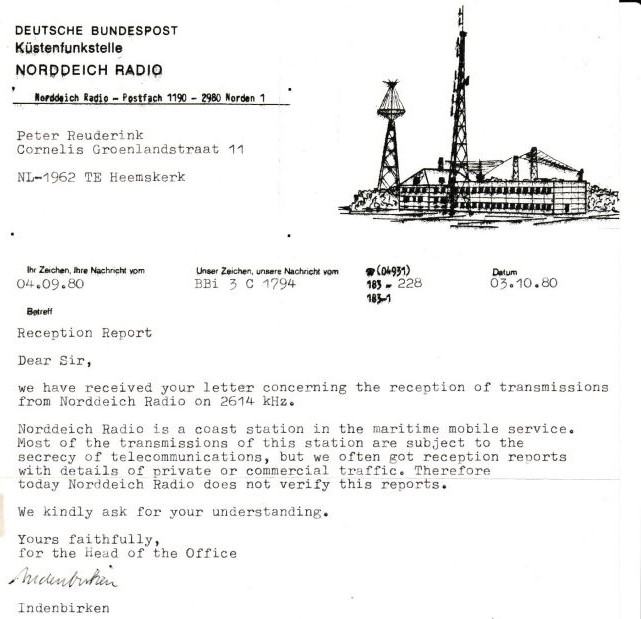
Let’s hope that they will continue this tradition, looking forward to their 71st program this year!
